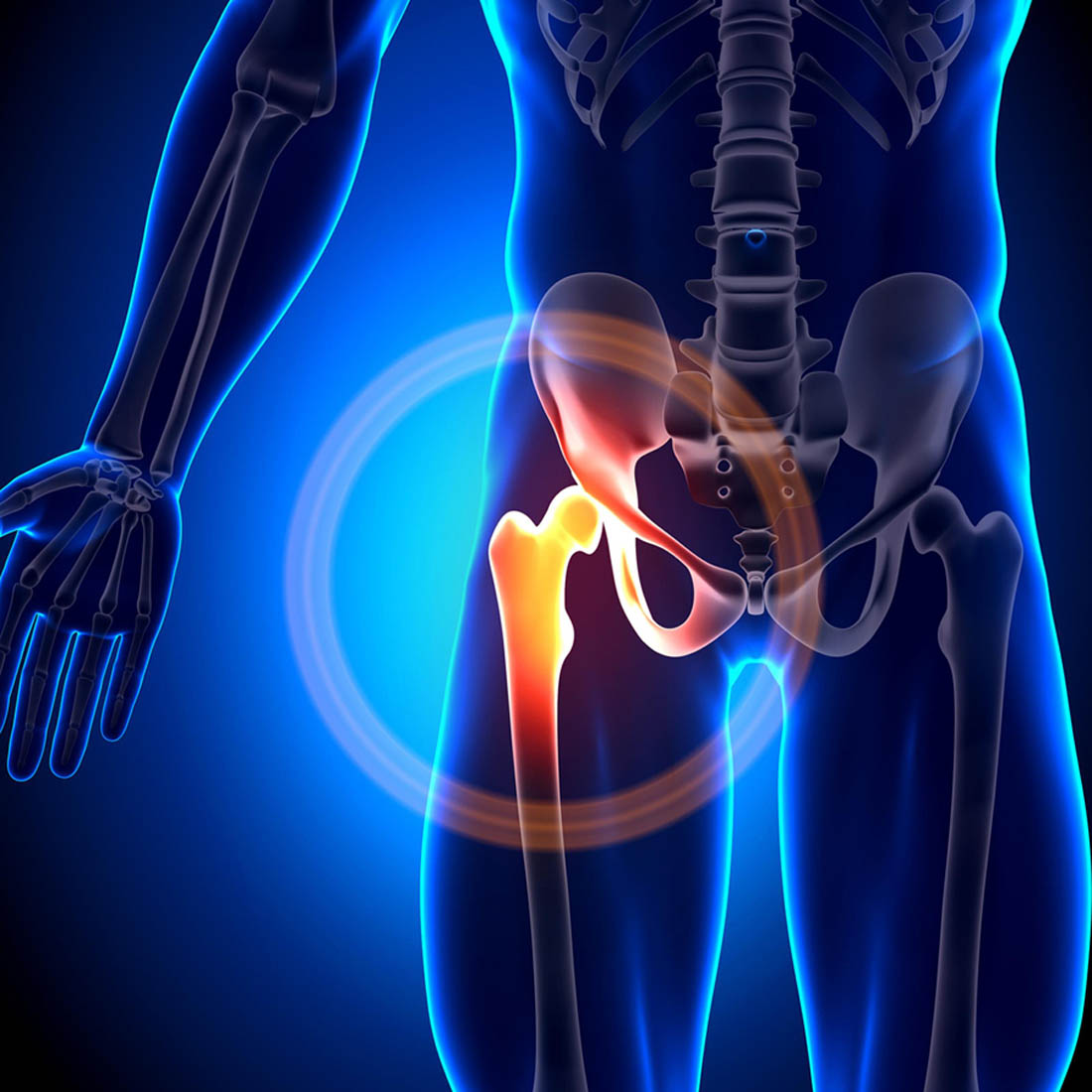Now Offering Florida OrthoCare Telemedicine Virtual Visits

Often times associated with dogs, hip dysplasia affects 3-5% of the population. Most people who have the condition typically are born with it, which makes it important for people to be aware of what it is and how it is diagnosed and treated. Another important aspect of hip dysplasia is that it typically runs in families and affects girls more often. Births where babies are born from the breech position, and when babies are swaddled too tightly on their lower body, can also increase the likelihood of a child developing the condition.
Hip Dysplasia occurs when a person’s hip socket is not fully covering the ball socket of the upper thigh bone. This is typically due to the soft cartilage that turns into the hip socket bone hardening around the ball improperly. When this happens, there is a partial or complete dislocation that can cause one leg to effectively be longer than the other and also wear and tear in the cartilage surrounding the hip socket.
Typically, hip dysplasia is caught in infants when a doctor gives a check for it after birth. They will move their legs in a variety to see if they can see signs. However, it is not always the case that the condition is diagnosed at birth. In infants and younger children who develop or begin to show the condition later, there are some key indicators to look for. When changing, one hip will oftentimes be less flexible and mobile than the other. Children can also develop a limp as they grow older and walk unevenly due to hip dysplasia. For cases that don’t go diagnosed until later years, it is often discovered due to the wear to surrounding ligaments causing pain. Undiagnosed hip dysplasia can lead to labrum tears or osteoarthritis and be found from those conditions.
Treatment of hip dysplasia is usually through either a brace for babies under six months or a pelvic cast called a Spica cast to reset the bones properly. For children, teens, and young adults whose conditions grow worse with time surgery may be needed to correct the issue. Additionally, more severe cases in infants can also require the doctor to go in and reposition the socket themselves. Older patients with the condition may just benefit from hip replacement surgery to fix the problem.
Hip dysplasia is a fairly common condition that is generally correctable. While cases can be undiagnosed until later in life, and cause pain and other conditions if left that way, it is still usually correctable to some degree in those situations. With a watchful eye, you can notice early signs that will lead to an early diagnosis and treatment with your child that allows them to have the issue corrected before their teenage years. All in all, hip dysplasia isn’t something to ignore, but it shouldn’t be something to lose sleep over. With the proper medical care from orthopedic specialists, you can rest assured treatment will result in the best results possible.
If you suspect you might be dealing with hip dysplasia, or if your primary care doctor shares that concern, they’ll likely conduct a physical examination to assess the situation. Even if the symptoms aren’t immediately apparent, persistent issues could indicate a deeper problem, which can be revealed through imaging tests. For expert guidance and assistance, turn to Florida OrthoCare. Take the first step towards understanding and addressing your condition by scheduling a comprehensive medical evaluation today.
Understanding ACL, MCL and PCL Injuries ACL, MCL, and PCL injuries all affect ligaments in the knees. Sprains, strains, and tears may …
A Better Understanding of Cartilage Tears and Treatment Options at Florida OrthoCare A cartilage is a vital protective and connective tissue, present in …
Proper Care After Rolling Your Ankle: A Comprehensive Guide
Ankle Recovery Following a Roll: A Comprehensive Manual Rolling your ankle, also known as an ankle sprain, is a common injury that …
Continue reading “Proper Care After Rolling Your Ankle: A Comprehensive Guide”
Copyright ® 2024 www.florthocare.com. Designed by Accountable Web Designs. Privacy Policy | Terms and Conditions | Sitemap